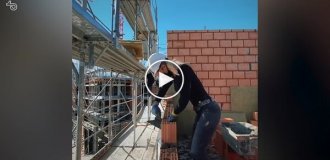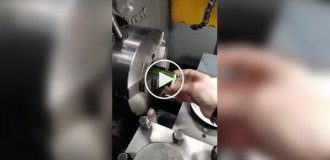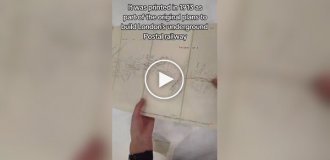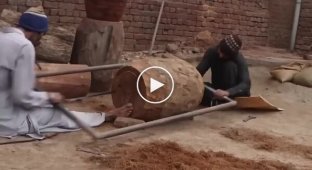Mars rover Perseveranse began to collect samples in the bed of an ancient river (4 photos + 1 video)
The samples will help scientists learn about climate change on Mars. 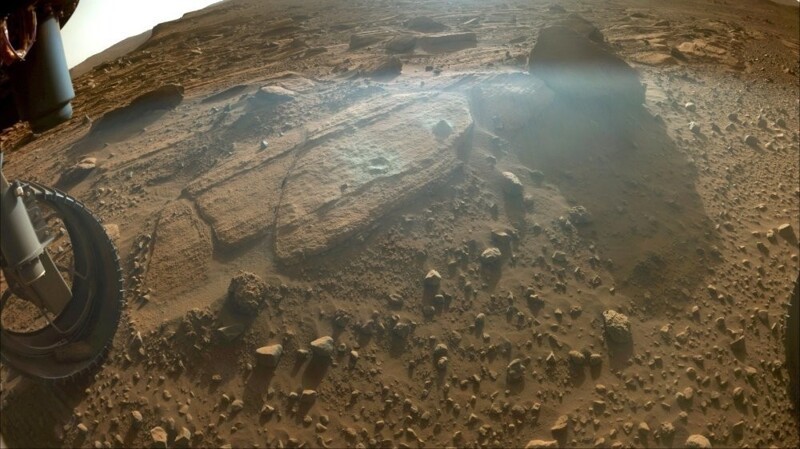
NASA's Perseveranse rover has begun a new scientific mission. mission - he collected the first sample from a rock outcrop under the name of Berya. The core obtained by the rover is similar in size to a piece school chalk: its length is 60 millimeters, and its diameter is 13 millimeters. In total, the rover managed to collect 19 samples, as well as three control test tubes to detect possible contaminants. 
Perseveranse also placed ten test tubes that play the role of backup caches. All this was done in NASA and the European Space Agency (ESA) mission to return of Martian rock samples to Earth, where they will be studied using powerful laboratory equipment. 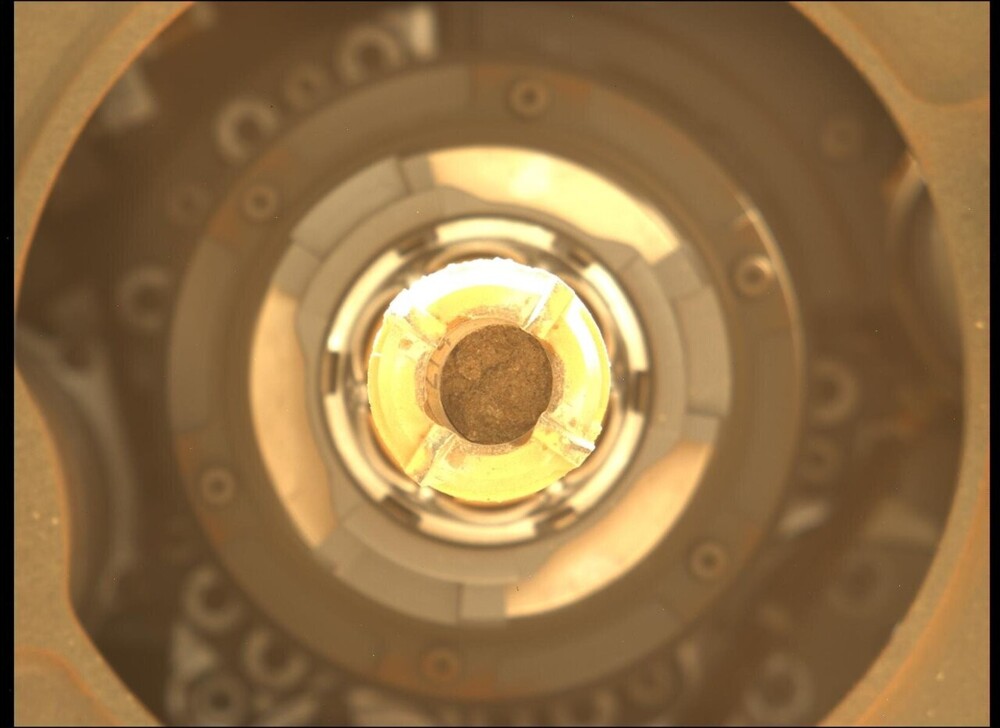
This image shows a Berea core inside a drill. NASA's Perseverance rover. Each core taken by the rover is about the size of piece of cool chalk: 0.5 inches (13 millimeters) in diameter and 2.4 inches (60 millimeters) long
The Bereya outcrop is located in the area of the delta of the withered riverbed in the ancient crater Jezero: there at the time of early history Mars was a lake. According to experts, Bereya was formed from deposits of rocks carried by the flow of water. These breeds are rich carbonates, which make them good targets for finding fossils life forms that could exist on Mars.
This animation shows how NASA's Perseverance rover collects a rock sample from an outcrop that the science team is calling "Berea", using a core at the end of a robotic arm. Images were taken by one of the front cameras of the rover.
Carbonates are formed as a result of chemical interactions in liquid water. Therefore, they can provide scientists with detailed data on how the planet's climate has changed in the past.
Earlier it was reported that the Perseverance rover took a selfie with some of the ten capsules of soil he had previously collected from surface of the Red Planet. 




